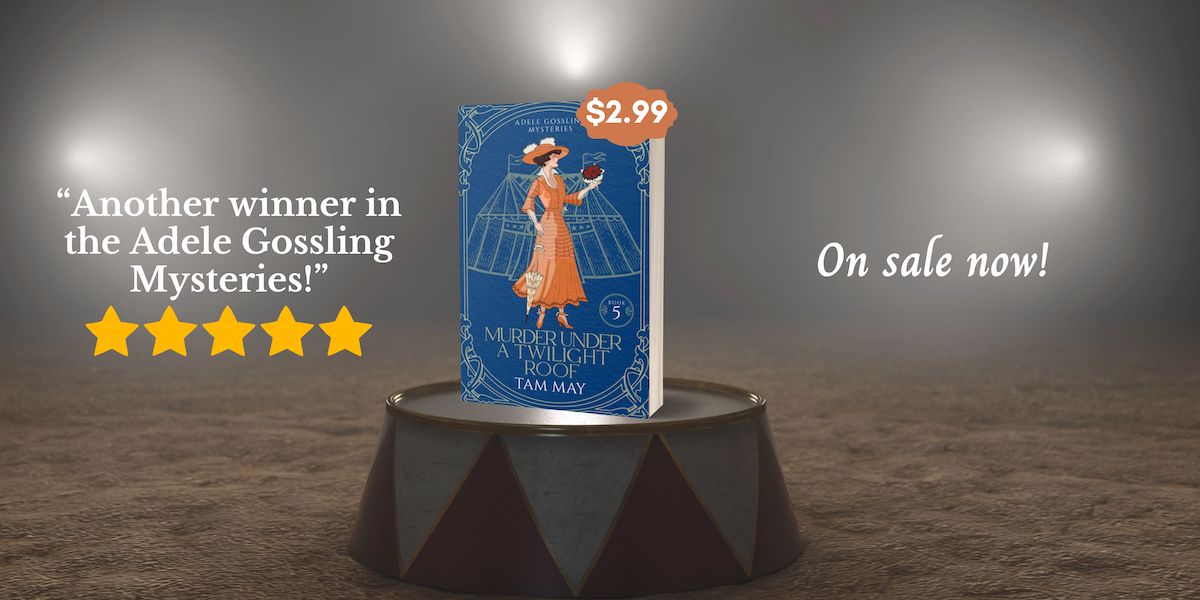I’ve always loved coming-of-age stories (and especially adult coming-of-age, which is a topic for another blog post). There is just something about a young woman or young man standing at the edge of the precipice and trying to figure it all out that appeals to me. After all, even those of us in our thirties, forties, and older are trying to figure out this thing called life, right? The difference is, we take from our past experiences while an 18, 19, or even 20-year-old is just starting their journey of discovery.
So it’s perhaps not a big surprise that recently I dug deeper into my Waxwood Series and made a startling discovery — the series I’ve been toting as a family saga since the first book was published in 2019 isn’t a family saga at all!
Why? Because the story arc of this series (which basically means the transformation the main character, Vivian Alderdice, experiences throughout the entire series) is about her journey to maturity. She begins at the age of eighteen in Book 1 to know exactly what she is about and what’s expected of her. Then a startling revelation sends her searching back into her family’s past which unearths some disturbing truths about who she is (or rather, who she thought she was). As the series progresses, she teeters between wanting to follow the expectations set for a Gilded Age heiress (because it’s a no-brainer and because she doesn’t want to disappoint her family) and her own feelings of discomfort that something just isn’t right. Another search for family truth (in Book 3) sends her in a totally different direction and becomes a book about letting go of a lot of things. Book 4 is the ultimate post-maturation moment where she realizes it’s not just about her but about those with whom she interacts — even those she thought she hated.

Interstingly, Voltaire’s book was banned in its day for being blasphemous, politically hostile, and immoral.
Photo Credit: Title page of Candide by Voltaire, London: Nonsuch Press, 1939: UMD Special Collections and University Archives/Flickr/CC BY NC ND 2.0
The coming-of-age novel is really not a new thing, though we’ve been hearing a lot more about it since the 21st century (probably because social media and the internet have provided a platform for young adults to share their experiences of what it’s like trying to navigate an increasingly complex and disturbing world). It actually began with the folk tales of children seeking their fortunes away from home. In its more well-known format of the young adult trying to figure it all out, English majors know well the term Bildungsroman. I remember in my undergraduate work having a course just on this set of novels where we studied Henry Fielding’s The History of Tom Jones (1749), Candide by Voltaire (1759), and The Life and Opinions of Tristram Shandy, Gentleman by Lawrence Sterne (1759). These novels are more about the antics and questionable ethics of the main characters before they find their way.
Luckily, coming-of-age stories don’t have to be about the young adult getting into all kinds of trouble in order to navigate his or her place in the world. The 19th century was complex enough on its own. Vivian is not only trying to find out who she is as a person apart from the Alderdice fortune, she’s also trying to deal with a world that was rapidly changing. The Waxwood Series takes place during the Gilded Age, a time that was confusing enough for adults, let alone young people.
If you’re interested in checking out my historical coming-of-age series, you can start by picking up a copy of Book 1, The Specter, here. The book is free on all bookstore sites. Also, Book 3 of the series, Pathfinding Women, is discounted for a limited time, so grab it here.
*Although this is a series, the books can be read on their own. You do not have to have read Book 2 or even Book 1 to enjoy Book 3.
If you love fun, engaging mysteries set in the past, you’ll enjoy The Missing Ruby Necklace! It’s available exclusively to newsletter subscribers here. By signing up, you’ll also get news about upcoming releases, fun facts about women’s history, classic true-crime tidbits, and more!






